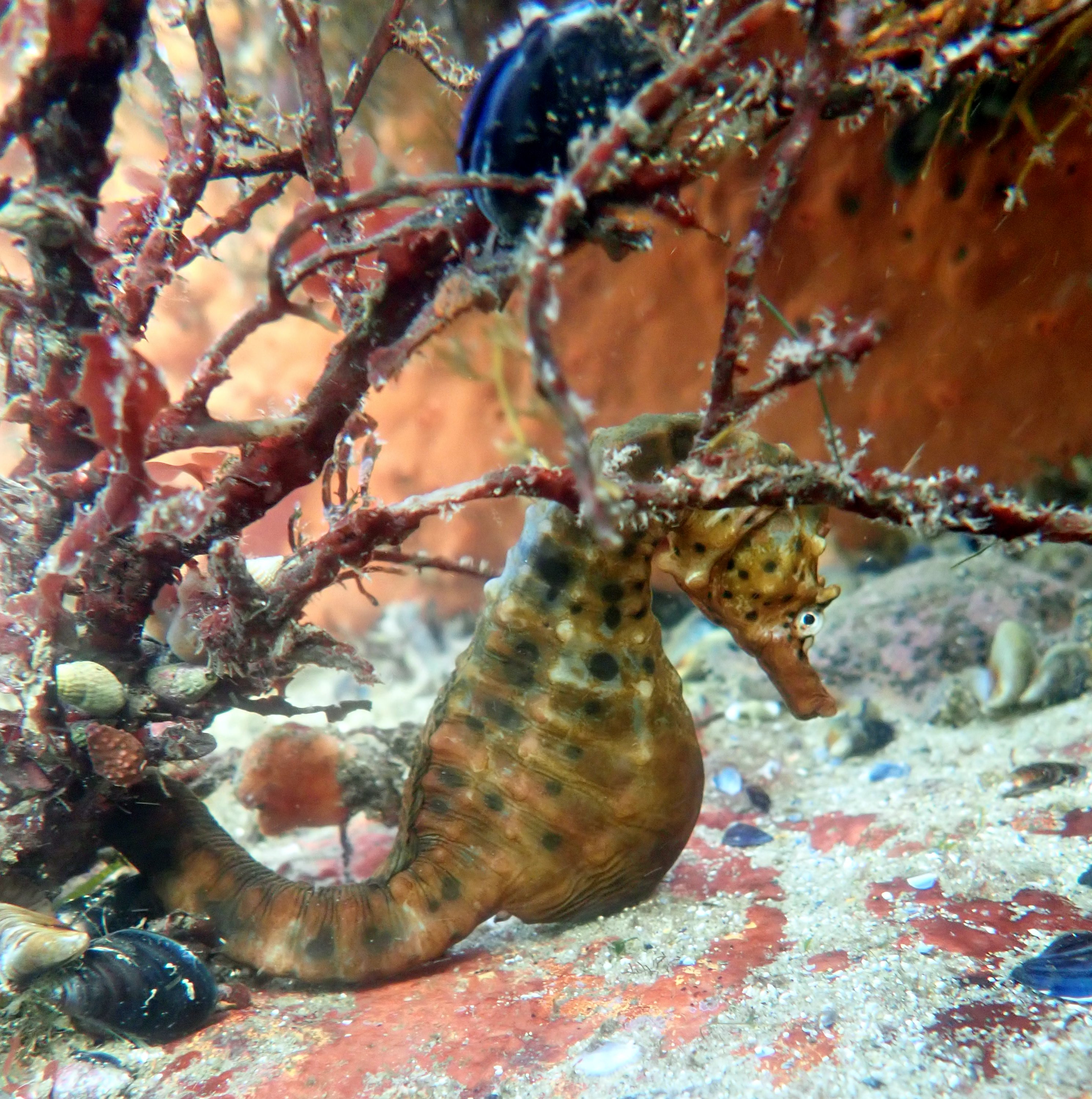Environmental DNA (eDNA) is a complex mixture of DNA (from many organisms) that is found in an environmental or biomass sample such as water, sediment, faeces, bulk eggs or larvae. The DNA in these samples can be characterised using high-throughput sequencing. The sequences recovered are then compared to publicly available reference sequence databases (e.g. BOLD and NCBI) for taxonomic assignment.
The ability to identify the fish communities based on analysis of a small water sample sounds like science fiction, but this is increasingly being adopted as an approach to characterise and monitor fish. Fish collections such as the ANFC provide a critical linkage between taxonomy based on physical voucher specimens and the reference DNA sequences.
eDNA research

The ANFC has ongoing projects focussing on both community assessments and single-species detections of fishes, sharks and rays. We collect eDNA by filtering small volumes of water, extract DNA off the filters and screen the DNA by amplifying short gene fragments from the targeted species.
We use targeted detections of single species (e.g. threatened species such as red handfish) and community assessments, in conjunction with other conventional surveys of fishes, to improve biodiversity assessments.
We also work to optimise eDNA methodologies so they can be used for routine monitoring and novel applications in the future.
Our research project, environmental DNA for mapping fish biodiversity is part of the Environomics Future Science Platform research.
Environmental DNA (eDNA) is a complex mixture of DNA (from many organisms) that is found in an environmental or biomass sample such as water, sediment, faeces, bulk eggs or larvae. The DNA in these samples can be characterised using high-throughput sequencing. The sequences recovered are then compared to publicly available reference sequence databases (e.g. BOLD and NCBI) for taxonomic assignment.
The ability to identify the fish communities based on analysis of a small water sample sounds like science fiction, but this is increasingly being adopted as an approach to characterise and monitor fish. Fish collections such as the ANFC provide a critical linkage between taxonomy based on physical voucher specimens and the reference DNA sequences.
eDNA research
The ANFC has ongoing projects focussing on both community assessments and single-species detections of fishes, sharks and rays. We collect eDNA by filtering small volumes of water, extract DNA off the filters and screen the DNA by amplifying short gene fragments from the targeted species.
We use targeted detections of single species (e.g. threatened species such as red handfish) and community assessments, in conjunction with other conventional surveys of fishes, to improve biodiversity assessments.
We also work to optimise eDNA methodologies so they can be used for routine monitoring and novel applications in the future.
Our research project, environmental DNA for mapping fish biodiversity is part of the Environomics Future Science Platform research.

